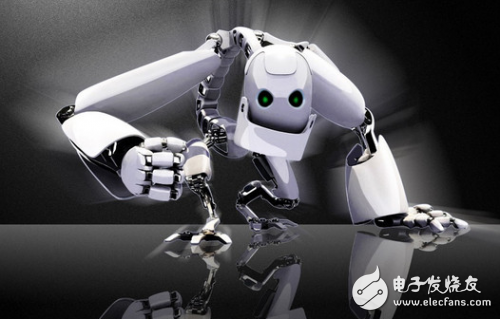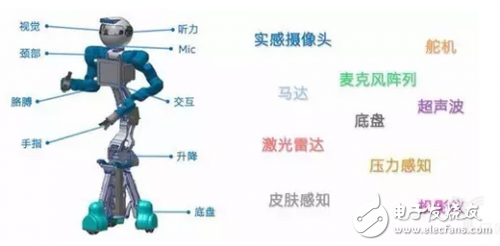What is the most important thing for robots? A complex mechanical device capable of violent bouncing? A variety of expensive sensors? Or like the EVE to conquer the world with a cute shape? No, no, no! The most important thing is: To be able to do specific work in a complex environment, to be a robot that benefits the people. In order to achieve this lofty goal, the robot must look at the six roads, listen to all directions, walk the world, and have a chest. And all of this is inseparable from a powerful brain - high-performance computing platforms and efficient algorithms. General-purpose processors are increasingly difficult to meet the ever-larger and more diverse data processing needs in terms of computing performance and energy efficiency. With the heterogeneous computing platform composed of coprocessors and CPUs such as GPU, FPGA and other intelligent engines to improve computing performance, it has become a research hotspot in the academic and industrial circles. As a special parallel computing method, heterogeneous computing can assign different computing tasks according to the structural characteristics of each computing subsystem, and it can not reflect the traditional architecture in terms of improving computing performance, energy efficiency ratio and real-time security. The advantages are gradually applied in various occasions where the calculation demand is large. For data center scenarios, Intel has announced the implementation of heterogeneous computing through the Xeon+FPGA platform and the Xeon Phi family of products. So, what is the situation in the field of robots we care about? The robot is a complex mechatronic device that combines the latest research from mechanical and precision machinery, microelectronics and computers, automatic control and drive, sensors and information processing, and artificial intelligence. Sensors in robot systems and systems In order to integrate these results, the ability to truly form cognition, feelings and actions enables robots to understand and respond to the real world and accurately perform operational tasks. The computing platform on which they are equipped must meet a variety of requirements, including: 1) Perception ability: It has rich I/O interface and supports various I/O protocols such as USB 3, UART and I2C to receive various sensor data. 2) Control ability: It can control various moving parts, such as chassis, arm, finger and head, to complete multiple dimensions of action, and has real-time and security guarantees. 3) Computational ability: It has to deal with the processing overhead of a large amount of data, but also meet the huge computing requirements of various intelligent algorithms. 4) Power consumption control: To meet the above capabilities while minimizing power consumption, avoid becoming a battery killer. 5) Ease of use: A friendly programming model must be provided to make the application development of the robot fast and accurate. The existing computing platform is difficult to meet the above requirements, and it is extremely urgent to build a heterogeneous computing platform for robots! The CPU+FPGA solution has come to our attention with its unique advantages. Longkou Libo Insulating Material Co.,Ltd. , https://www.liboinsulation.com

March 18, 2023